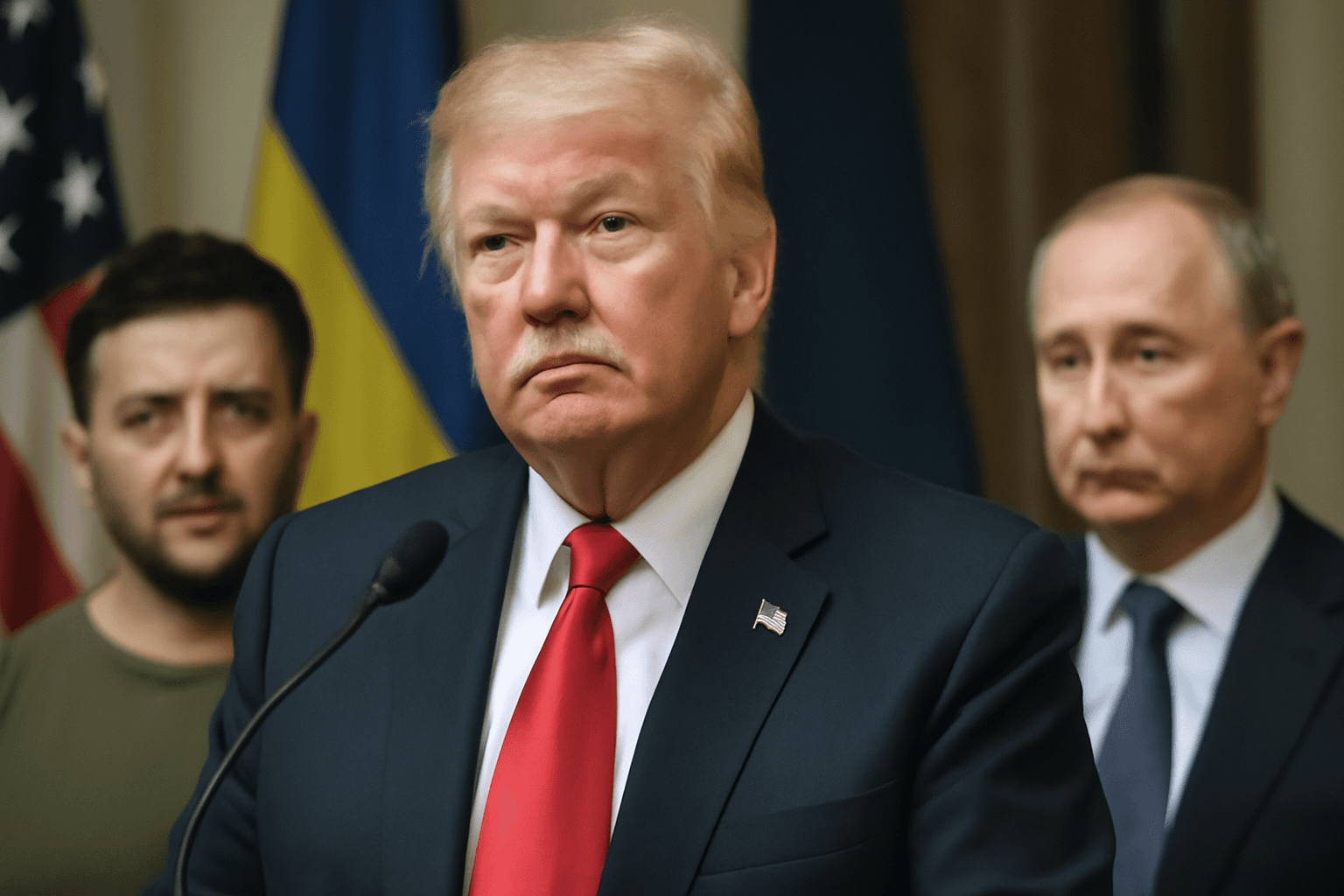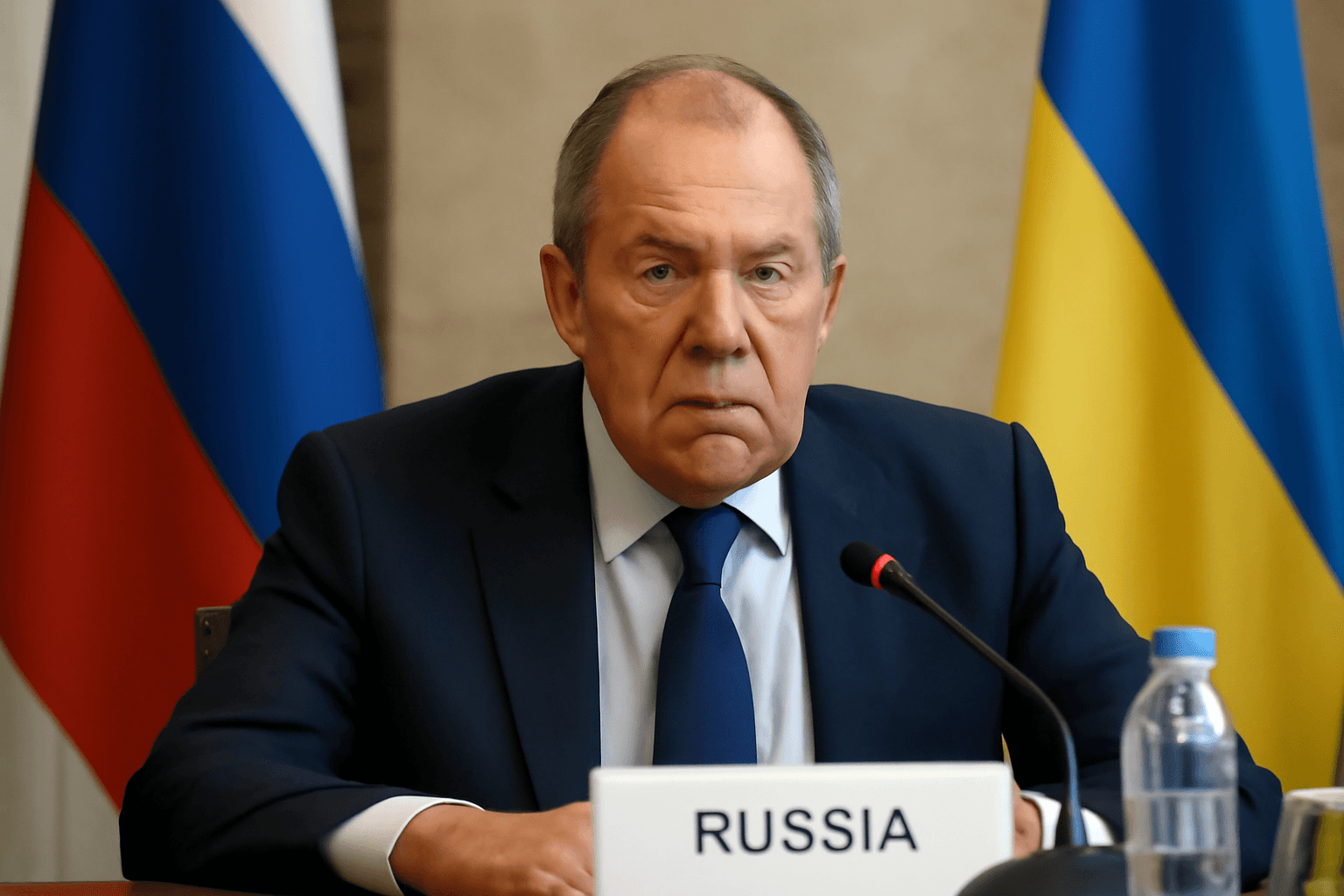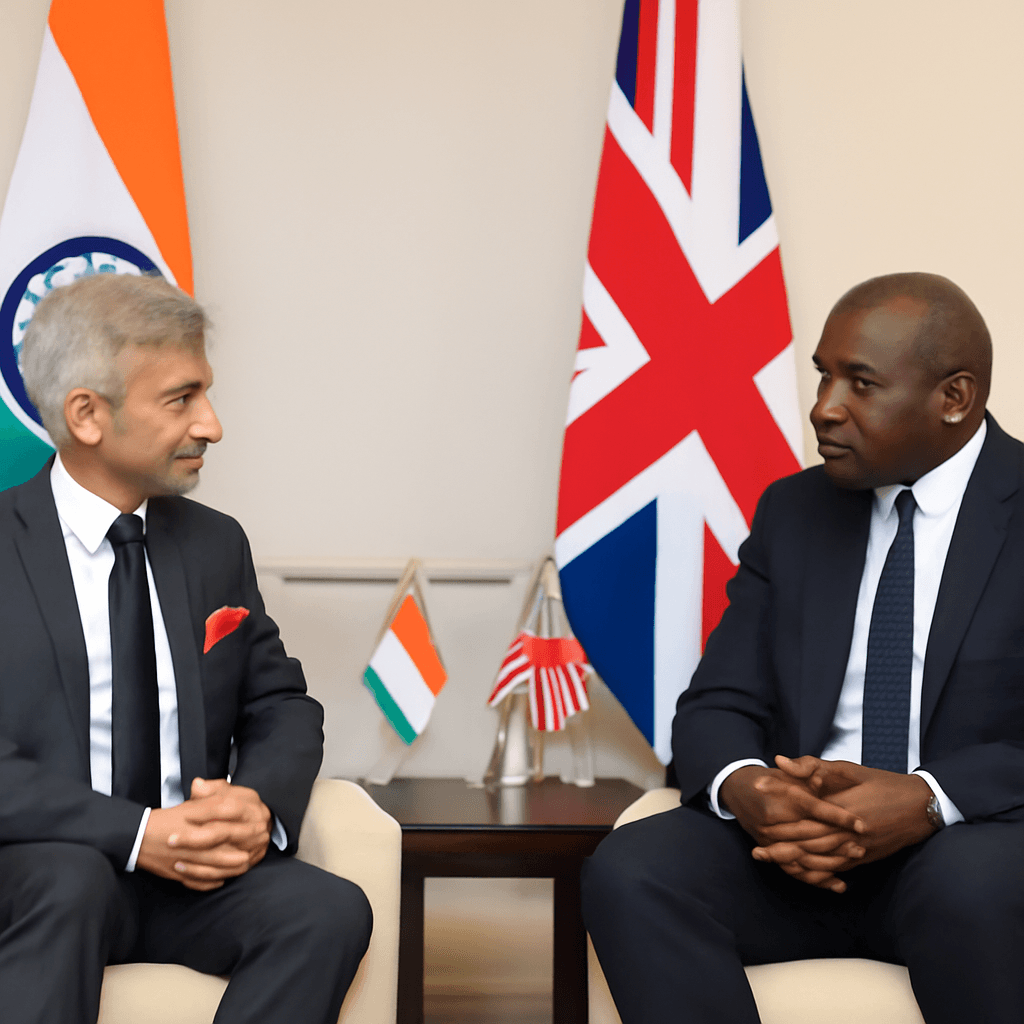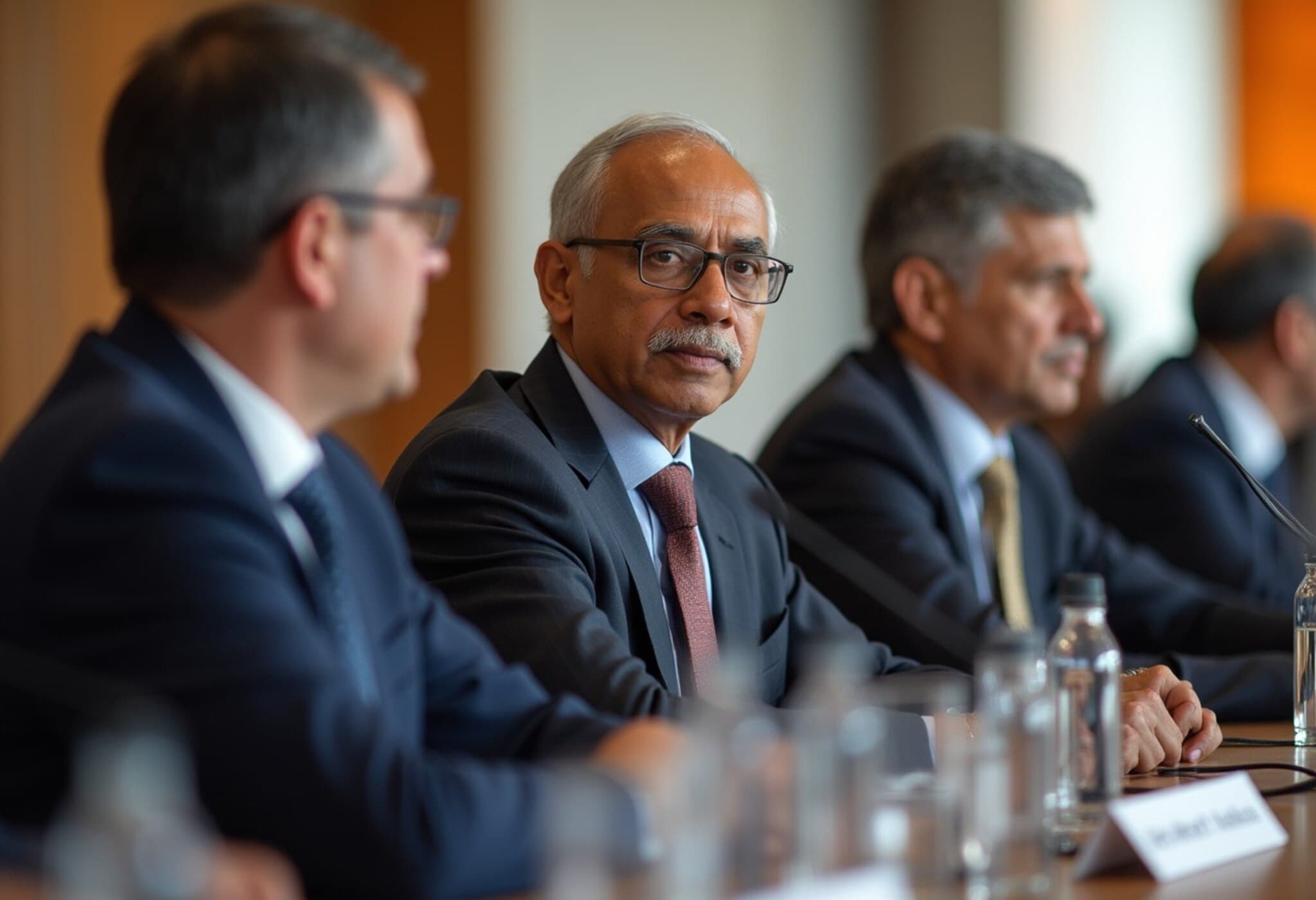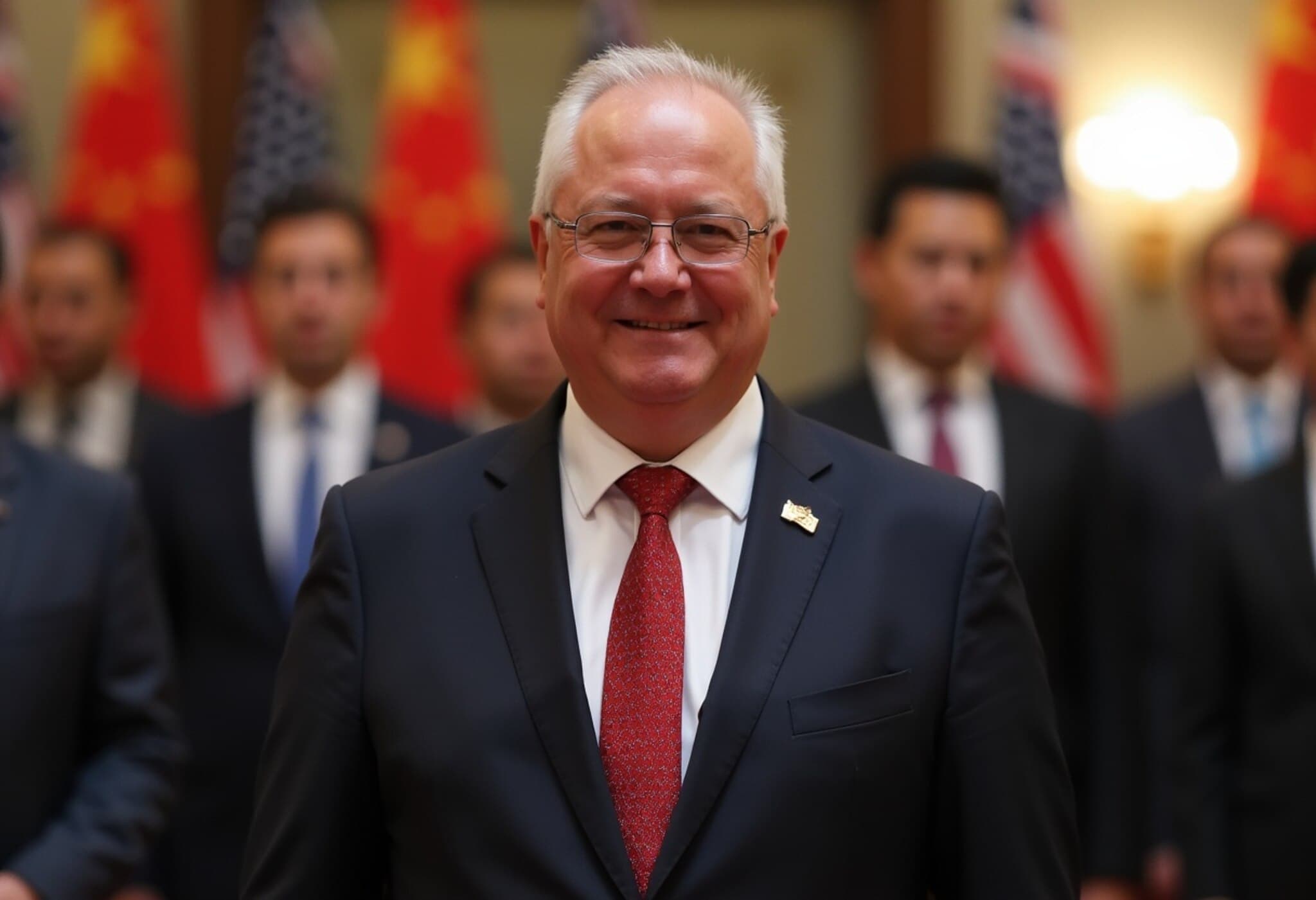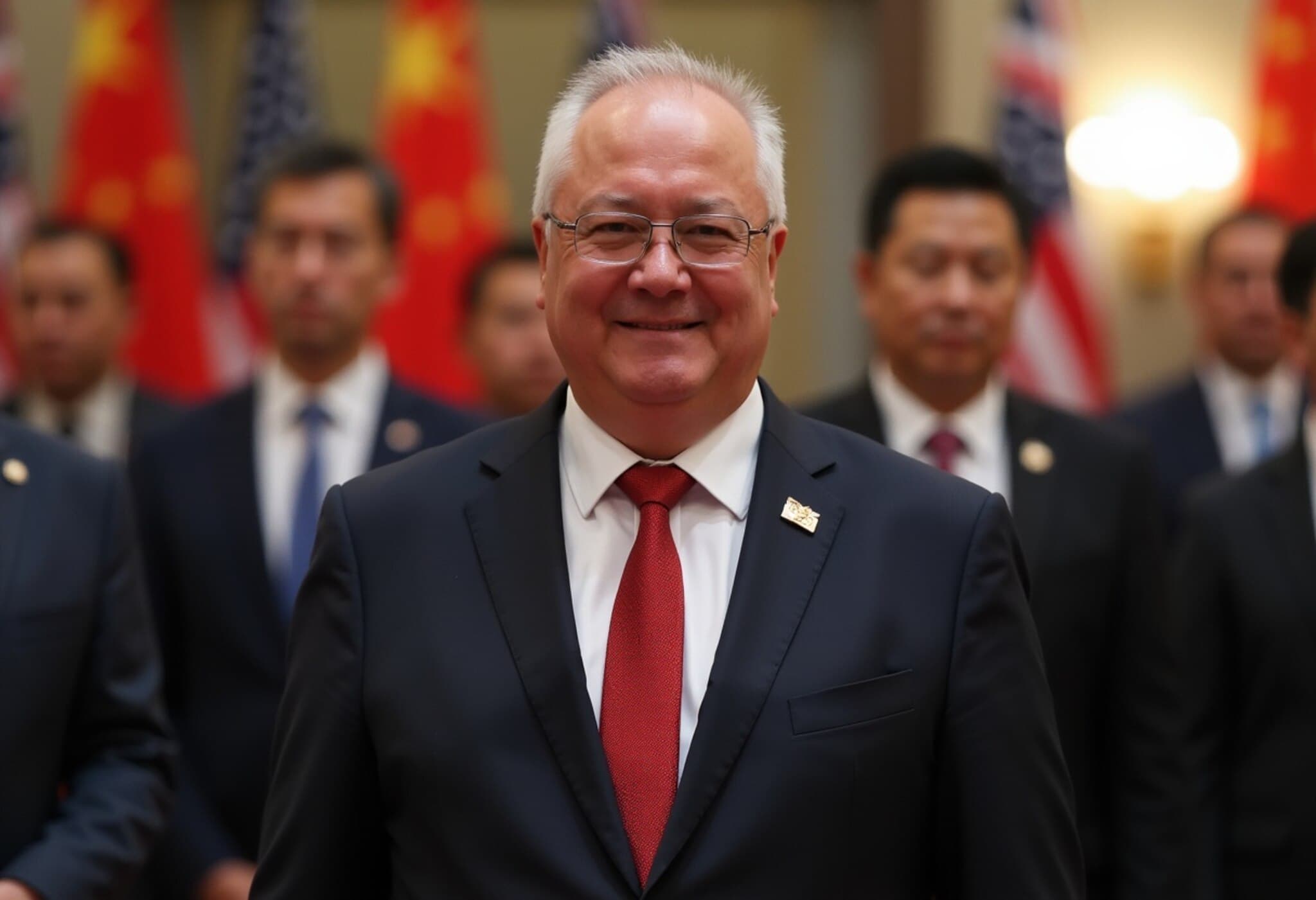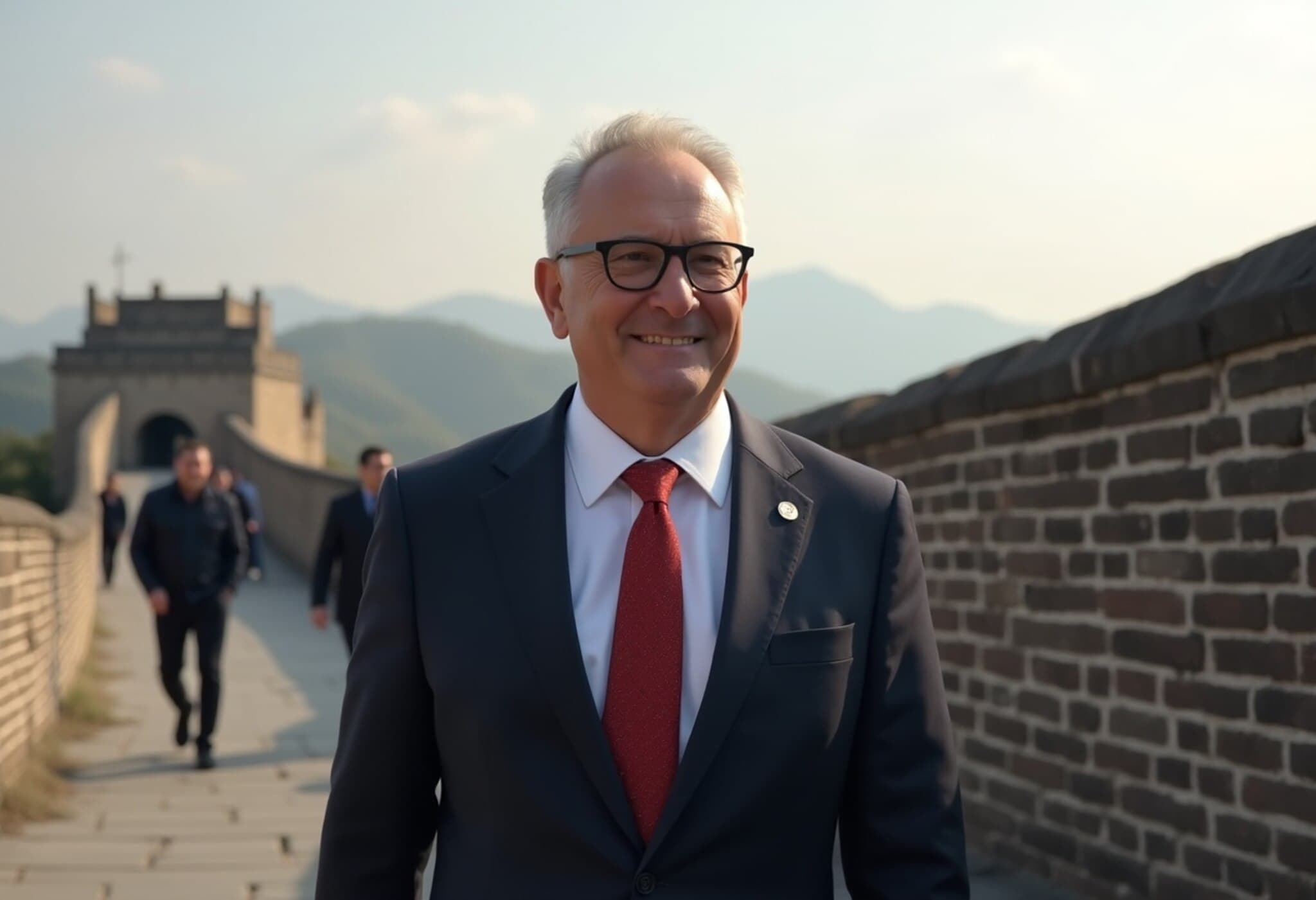Australia and China: Revisiting Diplomatic Engagements
Australian Prime Minister Anthony Albanese is scheduled to visit China from July 12 to 18, marking his second trip as head of government since breaking a seven-year diplomatic freeze in 2023. This visit underscores Canberra and Beijing’s shared interest in revitalizing ties and addressing both longstanding issues and emerging areas of cooperation.
Albanese announced his itinerary earlier this week, expressing enthusiasm for engagements in Shanghai, Beijing, and Chengdu — cities at the heart of China’s economic reforms and technological innovation. Although specifics about meetings and agendas remain under wraps, this trip is widely anticipated to deepen bilateral communication.
FTA Review: Finding Common Ground in a Complex Relationship
Perhaps the most consequential topic for this visit is the proposed review of the Australia-China Free Trade Agreement (FTA), originally signed in 2015. Chinese officials have signaled openness to updating this decade-old pact to reflect shifts in global trade dynamics and technological advancements.
Xiao Qian, China’s ambassador to Australia, emphasized a desire for a “more open attitude and higher standard” in reassessing the agreement. Areas such as agriculture, mining, and emerging technologies including artificial intelligence (AI) and green energy stand out as potential focal points for expansion.
On the Australian side, Prime Minister Albanese has cautiously acknowledged the possibility of broadening trade cooperation but stressed that policy decisions will be carefully evaluated.
Strategic and Economic Implications
This diplomatic engagement comes at a pivotal juncture. China remains Australia’s largest trading partner, supplying a significant share of exports while offering a vast market for Australian goods and services. At the same time, geopolitical tensions and concerns over supply chains, technological sovereignty, and national security have complicated relations.
Experts note that the 2023 thaw in diplomatic relations paved the way for pragmatic dialogue, with both nations aware that economic collaboration cannot be entirely disentangled from broader strategic concerns.
Dr. Helen Murray, an international relations scholar at an Australian university, reflects: “The challenge for Albanese’s government is to balance economic interests with growing calls at home for diversification of trade partnerships and caution regarding China’s global ambitions.”
Beyond Trade: New Frontiers in AI and Green Technology
Albanese’s reference to cooperation on AI, green energy, and the digital economy hints at a forward-looking agenda that aligns with global sustainability and innovation trends.
China’s rapid progress in renewable energy development and AI research offers fertile ground for joint initiatives, yet these sectors also evoke concerns about intellectual property rights and data security—a discussion likely to feature prominently during the visit.
- Potential collaboration in green technology could complement Australia’s ambitions in clean energy, particularly in hydrogen and solar power.
- Digital economy cooperation might facilitate cross-border e-commerce and fintech innovation.
- AI partnerships could accelerate research but require delicate negotiation on intellectual property safeguards.
The Road Ahead: Challenges and Opportunities
While enthusiasm for improved ties is evident on both sides, unresolved challenges persist. These include human rights issues, cybersecurity, and aligning domestic political expectations with international diplomacy.
The upcoming visit offers a window of opportunity for frank dialogue and practical outcomes, yet success will depend on navigating the fine line between economic pragmatism and geopolitical prudence.
Editor’s Commentary
Australia’s recalibrated approach to China signals a maturing diplomacy cognizant of complexity rather than confrontation. Whether this visit culminates in a refreshed trade agreement or paves the way for sustainable technological partnerships, it reflects a critical juncture in one of Australia’s most consequential bilateral relationships.
As the world faces rapid technological shifts and geopolitical uncertainties, this engagement underscores the importance of open channels and measured cooperation grounded in mutual respect and national interests.







